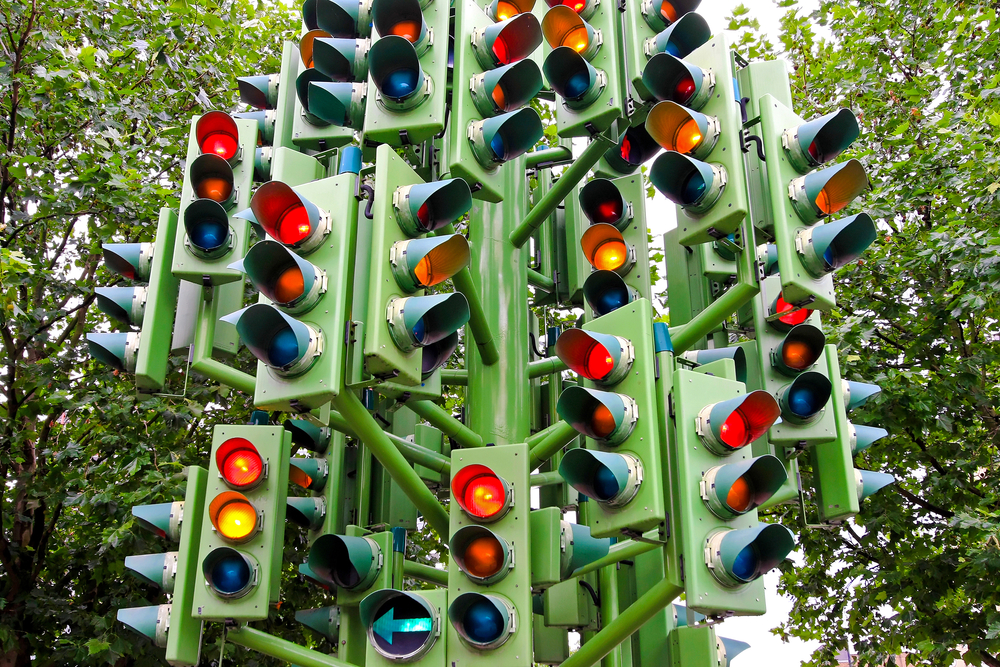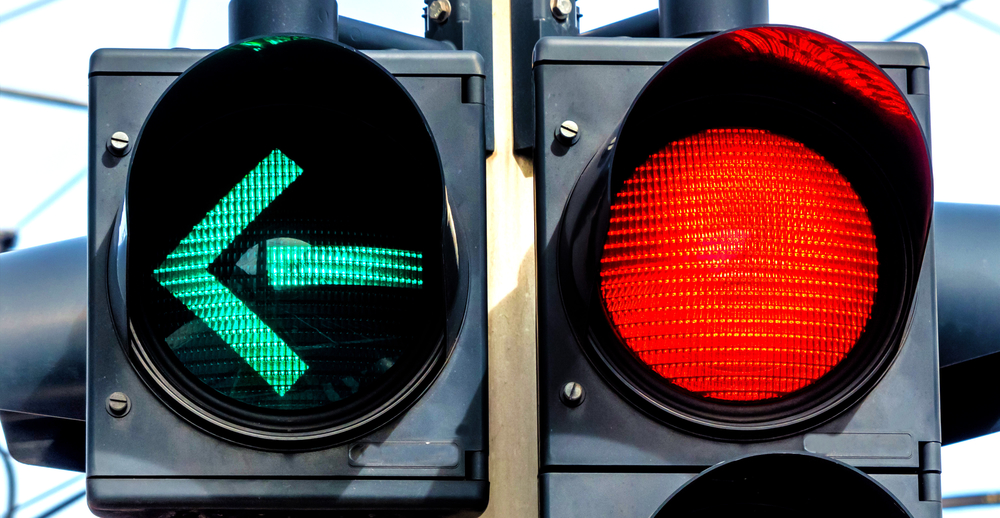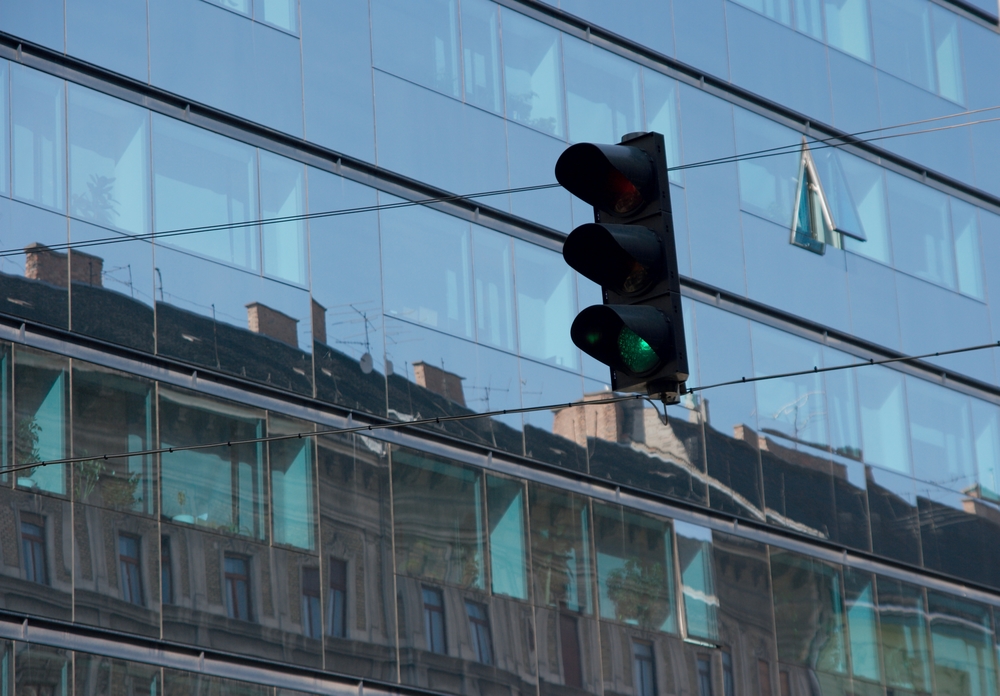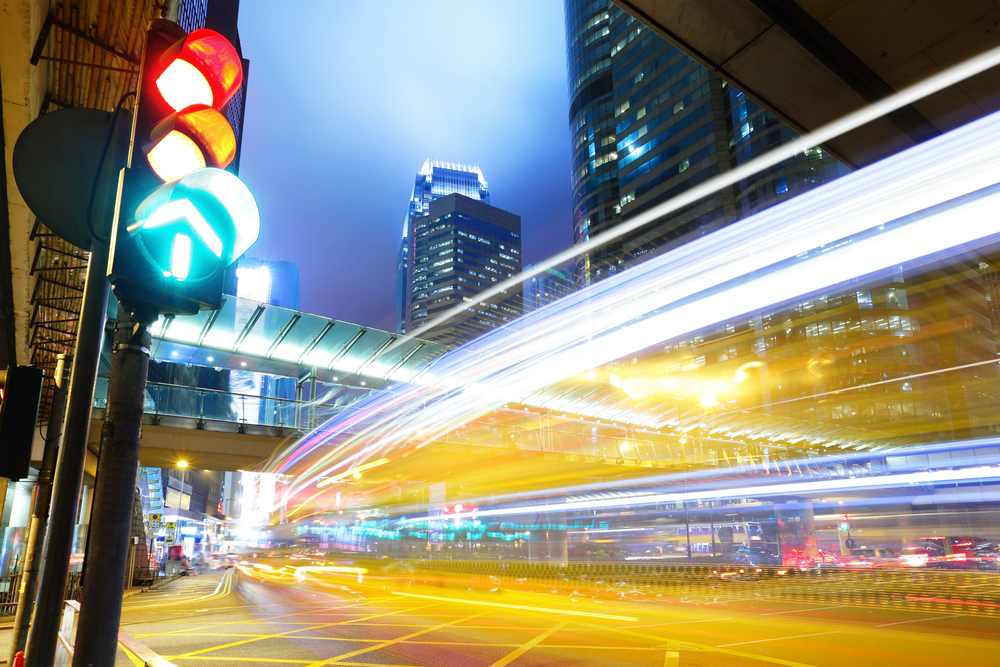Get this deal! Call now.
Speak with a vehicle protection plan specialist and get $300 off any new contract instantly.
Call 866-678-4172
or scan the code below


When cars finally learn how to drive themselves, it may be possible that the days of needing those signs and bright, flashing, colored lights to manage traffic are numbered. So now that begs the question: what will smart, sensor-laden, autonomous cars end up doing when they approach an intersection? With that in mind, several researchers from all over the globe are hard at work on figuring out.
So far they’ve unanimously come to the conclusion that the intersections of the future will in all likelihood have NO traffic lights at all.
“Traffic lights are a 150-year old technology originally conceived for horse carriages,” says the website for Light Traffic, part of MIT’s Sensible City Lab. “Will they survive the advent of autonomous vehicles?”

Now, assuming that the future of self-driving cars and smart roadways where sensor-laden vehicles are in constant communication, the newly proposed system would require autonomous cars exclusively — no human drivers, just passengers. Which makes this prospect harder to swallow for regulatory agencies.
Researchers at the Massachusetts Institute of Technology (MIT), the Swiss Institute of Technology (ETHZ), and the Italian National Research Council (CNR) have each worked on a plan called “Light Traffic” which works in the same manner that slot-based management systems so in air traffic control.
What does that entail?
See Video:
“By giving every car a specific slot to pass through, the traffic buildup of the past will be solved through complex computer algorithms.” (AutoBlog)
On Discovery News, further details were given. It was said with this system of real-time slot allocation there would be “double the number of vehicles able to pass through an intersection in a given amount of time,” and that could possibly save both time and even reduce overall emissions. Recent claims from researchers are that they are adapting this system to pedestrians and bicyclists. Oddly enough the latter drew much skepticism.

“Traffic intersections are particularly complex spaces, because you have two flows of traffic competing for the same piece of real estate,” says Professor Carlo Ratti, director of the MIT Sense able City Lab, in their press materials.
“But a slot-based system moves the focus from the traffic flow level to the vehicle level. Ultimately, it’s a much more efficient system, because vehicles will get to an intersection exactly when there is a slot available to them.”

So if you would, imagine the future or at least A future where you can actually manage a left turn in a “traffic jam” with little fuss. In this vision cars will always act smoothly and rationally because terrible people (you know who you are) aren’t behind the wheel. In this future no one would have to look up understand “Pittsburgh Lefts,” fifteen light cycles, or other brain and dexterity destroying nightmares that consistently makes modern commutes such a burden. This what the prospect of self-driving cars is promising.

We're here to make sure you get the most comprehensive EV protection. That's why we've partnered with Xcelerate Auto to offer you transparent and dependable Tesla coverage.
Want us to contact you about XCare coverage for your Tesla?



Call for $300 off any new plan!
By clicking the button, you consent to Endurance using automated technology to call, email, and text you using the contact info above, including your wireless number, if provided, regarding auto protection or, in California, mechanical breakdown insurance. You also agree to the Endurance Privacy Policy and Terms and Conditions. Consent is not a condition of purchase, and you can withdraw consent at any time. Message and data rates may apply.
Speak with a vehicle protection plan specialist and get $300 off any new contract instantly.
Call 866-678-4172
or scan the code below



Simply fill out the information below and we will follow up fast with your free no-obligation quote.
By clicking the button, you consent to Endurance using automated technology to call, email, and text you using the contact info above, including your wireless number, if provided, regarding auto protection or, in California, mechanical breakdown insurance. You also agree to the Endurance Privacy Policy and Terms and Conditions. Consent is not a condition of purchase, and you can withdraw consent at any time. Message and data rates may apply.

To speak to a vehicle protection plan specialist and save $300
Scan the code below
Alex has worked in the automotive service industry for over 20 years. After graduating from one of the country’s top technical schools, he worked as a technician achieving a Master Technician certification. He also has experience as a service advisor and service manager. Read more about Alex.